Message from
the Principal
Dr Andrew Parry

Message from
the Principal
Dr Andrew Parry
“Music gives a soul to the Universe, Wings to the mind, Flights to the Imagination and life to everything.” Plato
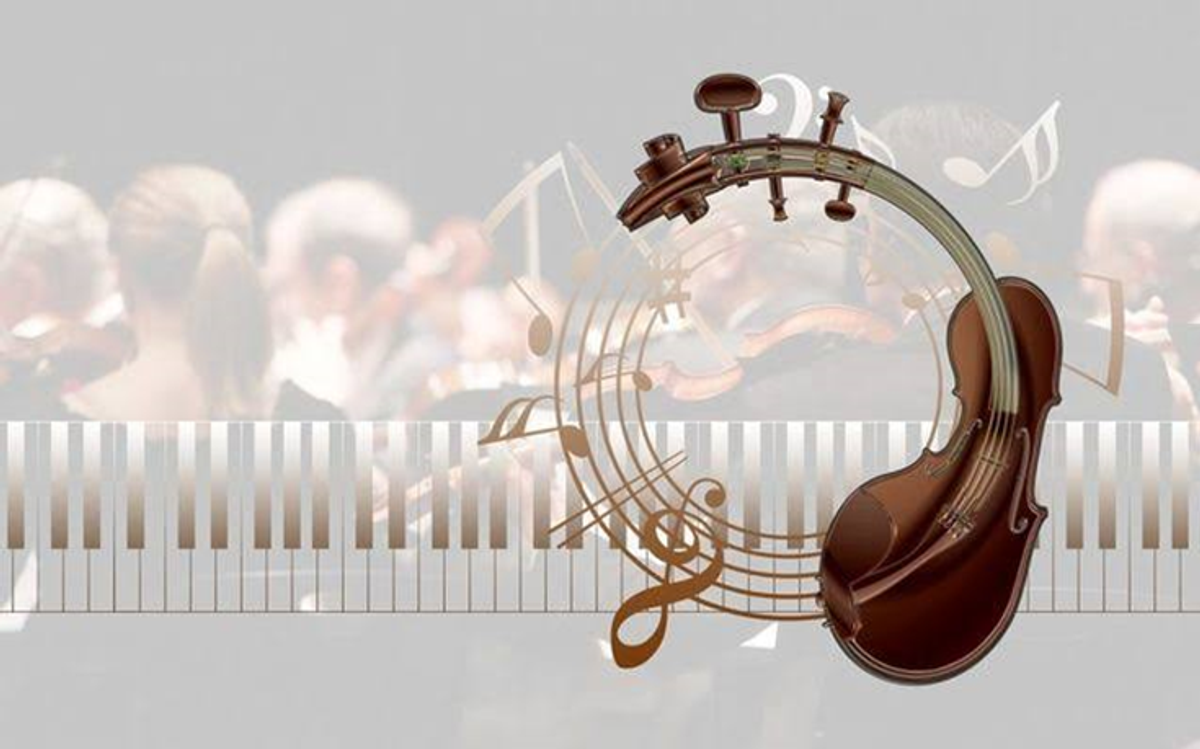

Last Friday evening I had the great privilege of attending our Camerata Concert that showcased many of our leading musicians in the School. This was the first opportunity for some time that we have been able to gather as a community to enjoy the delights of a musical performance. The skill, talent and creativity of our students were ‘first-class’ as they played their individual pieces throughout the evening. We were treated with performances on Trumpet, Voice, Violin, Viola, Clarinet, Cello, Saxophone, Flute, Piano, French Horn and Bassoon; and a fabulous array of instrumental pieces. A wonderful evening greatly enjoyed by all present.
Congratulations to our Junior Division winners – Toby Gough, Kelvin Tang, Ivy Hawker and William Knight and Senior Division winners – Elizabeth Kwa and Matilda Hayes.
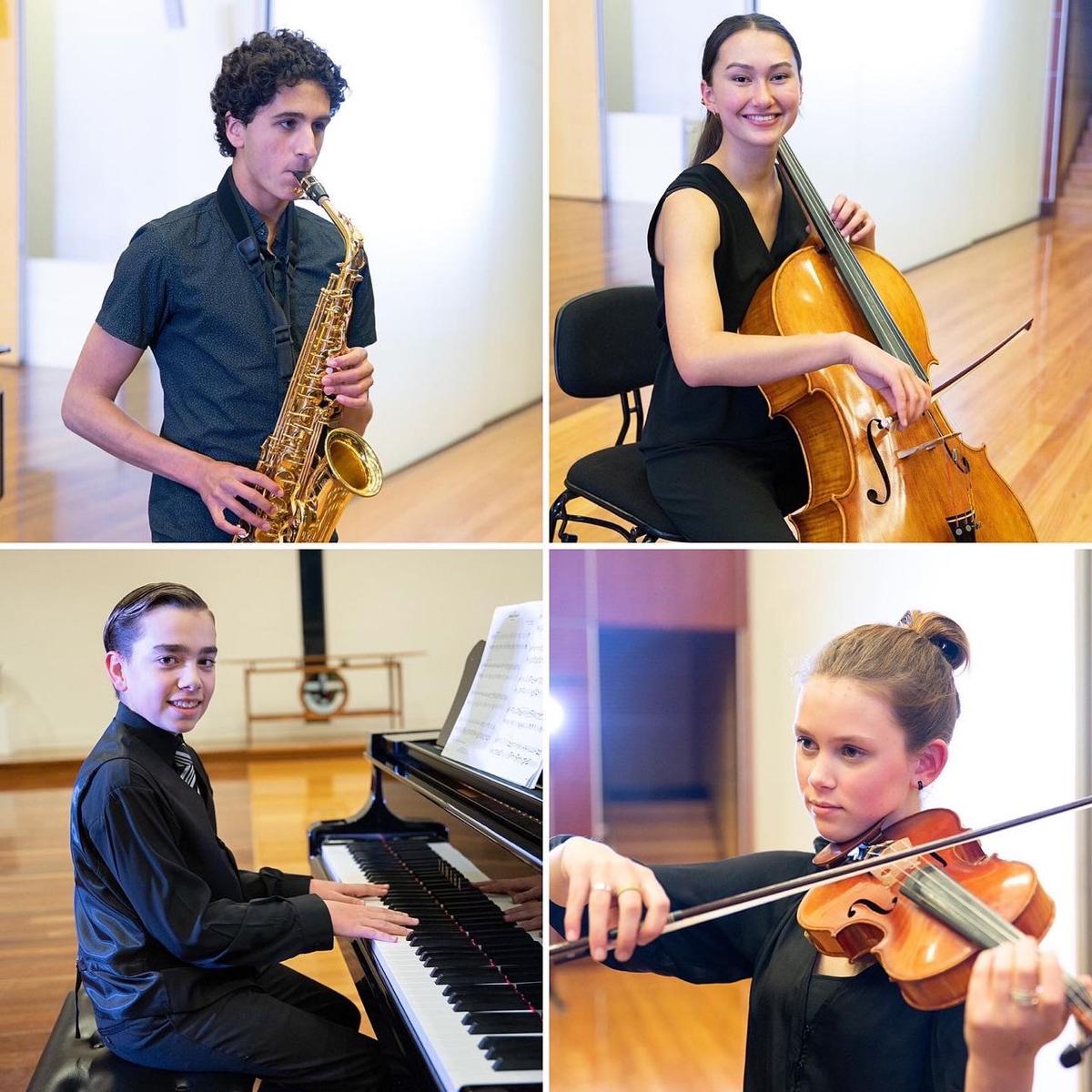
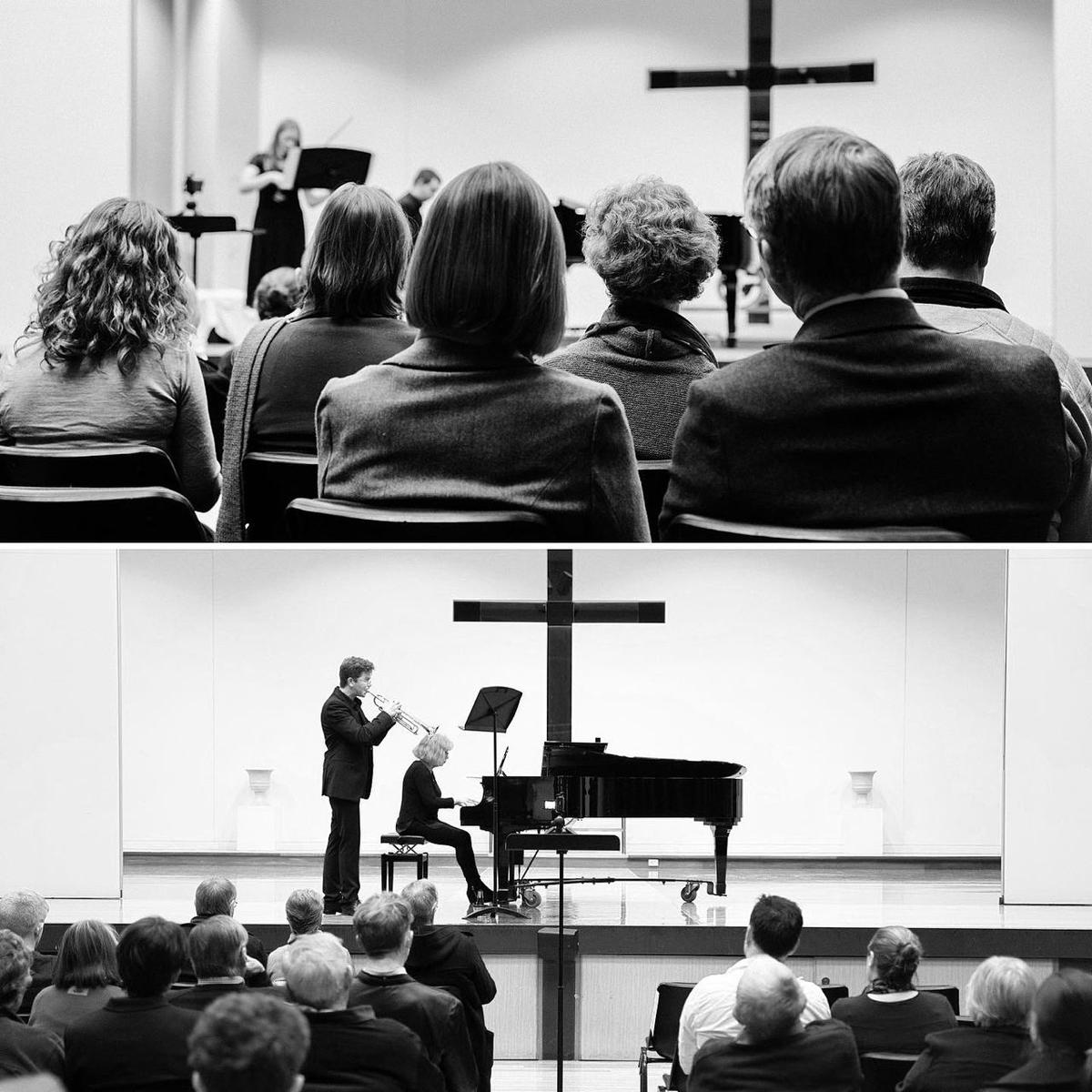
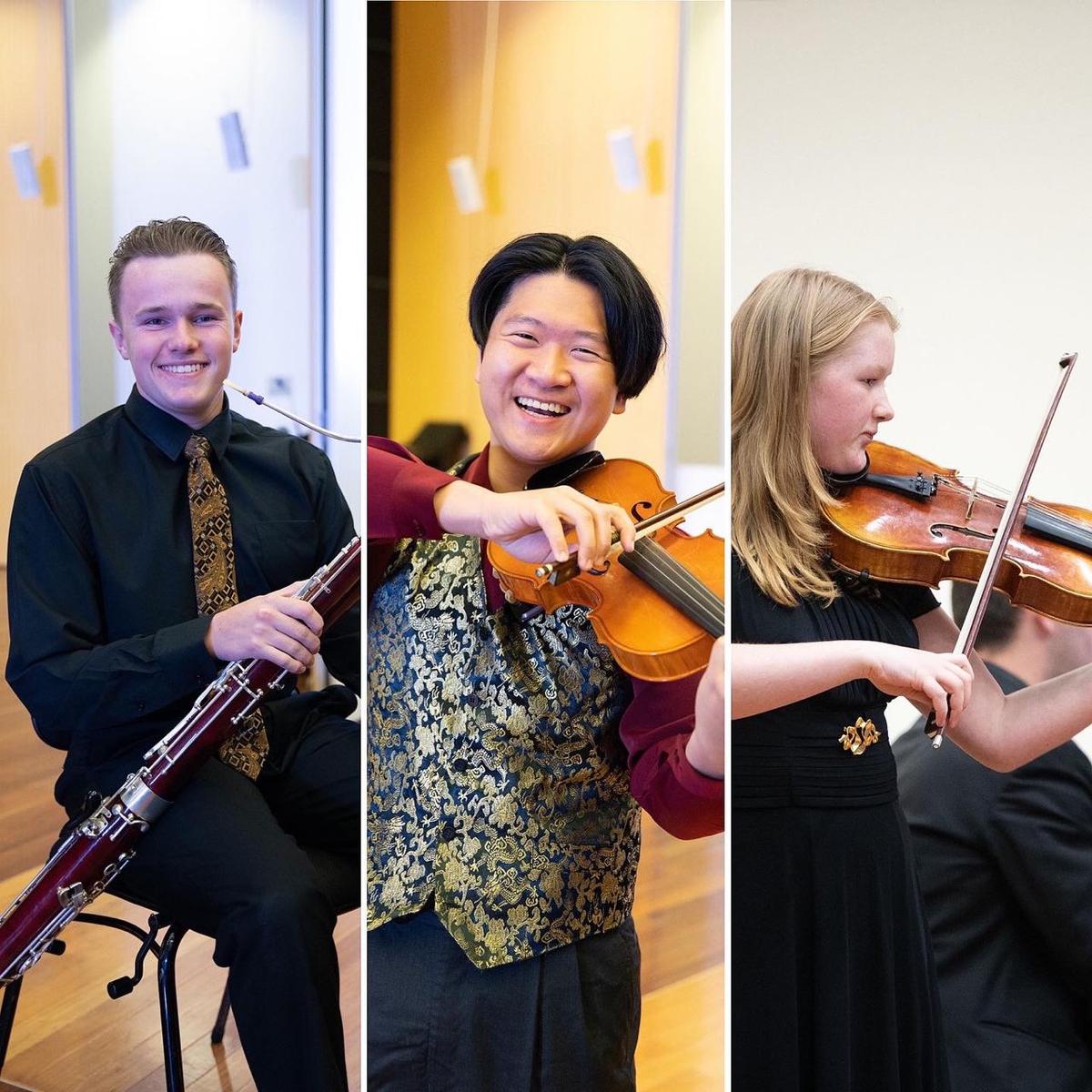



Music plays an important role in education and provides many broad ranging benefits to students. Mandy Stefanakis and Robin Stevens (1) conducted an international survey of the research exploring the benefits of music education and their findings reveal the great importance played by music in the school curriculum. They found that:
Clearly music provides many educational benefits for students and brings a great deal of pleasure to our lives. Whether we enjoy classical, rock, jazz, folk or hip hop, music is omnipresent in nearly all we do, embedded within our ceremonies when we choose to create mood or atmosphere or when we simply wish to relax. As the philosopher, Confucius so accurately stated:
“music produces a kind of pleasure which human nature cannot do without.”
I am immensely proud of the excellent music tradition we have at Kinross Wolaroi where so many students passionately engage in our fabulous program. We are most fortunate to have such outstanding staff who have the gifts to inspire and guide our musicians to achieve such standards of musical excellence and fulfilling enjoyment.
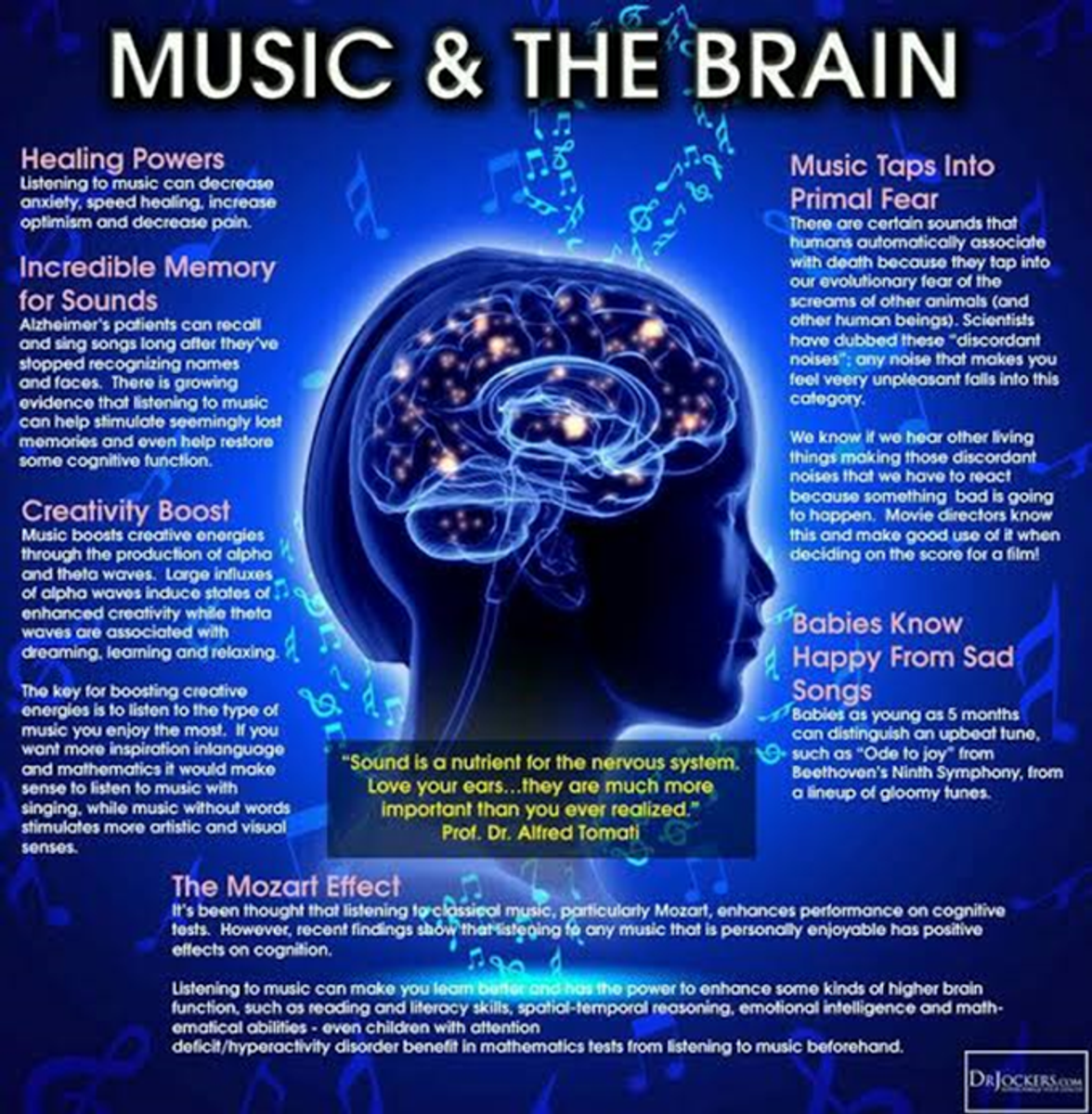

As you are aware, the School recently provided an opportunity for our parents, staff and students to give research-informed feedback on their views about our current and future school uniform. This information will be used to provide a platform for the continuation of our uniform review during 2021.
A sincere thank you to all those who completed the questionnaire. We were delighted to receive such a great response and you have made an invaluable contribution to the future of the School as we strive to ensure that we are providing the best possible outcome for your family.
Our research was conducted in early May by Australian Survey Research Group, one of Australia’s most experienced research consultancies. The survey was sent to staff, to current, future and past parents, and to current and past students. More than 4,000 individuals were invited to participate, with more than 30% response, giving us a high confidence level for the results.
The survey covered views on the full range of academic school uniforms, core sport uniforms, and attitudes to various aspects of uniform design and supply. The results are now in, and they have already provided us with valuable direction.
Some of the feedback included the following:
Junior Uniform
Senior Uniform
Last weekend a representation from KWS journeyed to MLC for a highly successful venture. Five Year 9 and 10 students made the most of every opportunity once they got over their initial shyness upon arrival! The weekend focused on the 'Ideals of Service and Adventure'. Students listened to a presentation from the magazine "The Big Issue" and heard from a man who has sold the magazine for 11 years in Sydney. They then spent time on Saturday doing a large scavenger hunt in the city, looking for things such as a job advertisements, a photo of a Help Service and a Laundromat. This was certainly eye opening for all those who attended.
The Round Square students had their first "baraza group" experience. This is a Swahili word for "meet together" and is the Round Square word for student led discussion groups. They experienced Year 11 and 12 MLC students facilitating discussions on a range of topics.
The students have returned to school with a clearer understanding of Round Square.


CIS Swimming
The KWS swim team performed exceptionally well at the NSWCIS swimming carnival. Coming at the end of an extremely busy representative season it was most impressive to see all swimmers still performing at their peak.
Kyla Brown achieved a 3rd place in the 50m Breaststroke, Mercede Cornelius-Feltus finished 2nd in the 200m Butterfly and Ollie McLaughlin had a fantastic meet breaking the 50m & 100m NSWCIS Backstroke records on his way to two 1st place finishes which he also capped off with a 2nd place in 50m Breaststroke and 3rd place in the 50m Freestyle. Well done to Kyla, Mercede and Ollie who have qualified through to the NSW All Schools Swimming carnival.
The senior boys Medley Relay team have also qualified through to the NSW All Schools Swimming carnival. After an excellent race Will Diener, Hugh Gillham, Zac Lewis and Ollie McLaughlin managed to hang onto second place. An excellent result against some much larger schools who have larger swim programs than ours.
We wish the above swimmers all the best as they head off to the NSW All Schools Swimming carnival on Friday 28 May.
da Vinci Decathlon
Last week the da Vinci Decathlon was held. This year it was held via ZOOM and our students worked in the Wolaroi House study area. KWS had teams in Year 7, 8 and 10 in the State finals. There were up to 80 teams competing at each year level. Although KWS didn’t rank in the top 16 schools overall, there were some outstanding individual results.
Year 8: English 8th; Science 6th; Ideation 7th
Year 7: Art & Poetry15th; Creative Producers 2nd ; English 6th; Ideation 9th
The students had a wonderful time, participating enthusiastically and managing the technology very well. Special thanks go to Olive Glover (Year 7) who filled in for the Year 8 team and Gordon Suthers (Year 10) who filled in for an absent Year 10 student.
National Latin Exam results
The National Latin Exams were held earlier this year, and there were some very pleasing results.
KWS students in Miss Skinner’s Year 9 Elective Latin class received Silver Awards, with scores of 87% and higher. They are Jemima McLeod, Hugo Reynolds, Wendy Ou-Yang and Helen Suthers. Thomas McRae was specially commended for his performance.
In the Year 10 Elective class Gordon Suthers achieved a Gold Award with a score of 98%, and Silver Awards went to Eleanor Matheson-Clark and Bradley Kildey. Ollie Wong, Eleanor Armstrong and Isaac Birmili performed very well to achieve the ‘Magna Cum Laude’ award level.
Cowra Eisteddfod results
It is wonderful to see the local Eisteddfod competitions running this year.
Toby Gough (Year 10) won the Senior Speech Championship; the Speech and Drama Entertainment section; is the winner of the Colleen Johnson Memorial trophy for Australian Verse and the Whitely Award for the most promising public speaker. Toby was placed 1st in the Open Duologue with a very entertaining item titled “The Manhunt”.
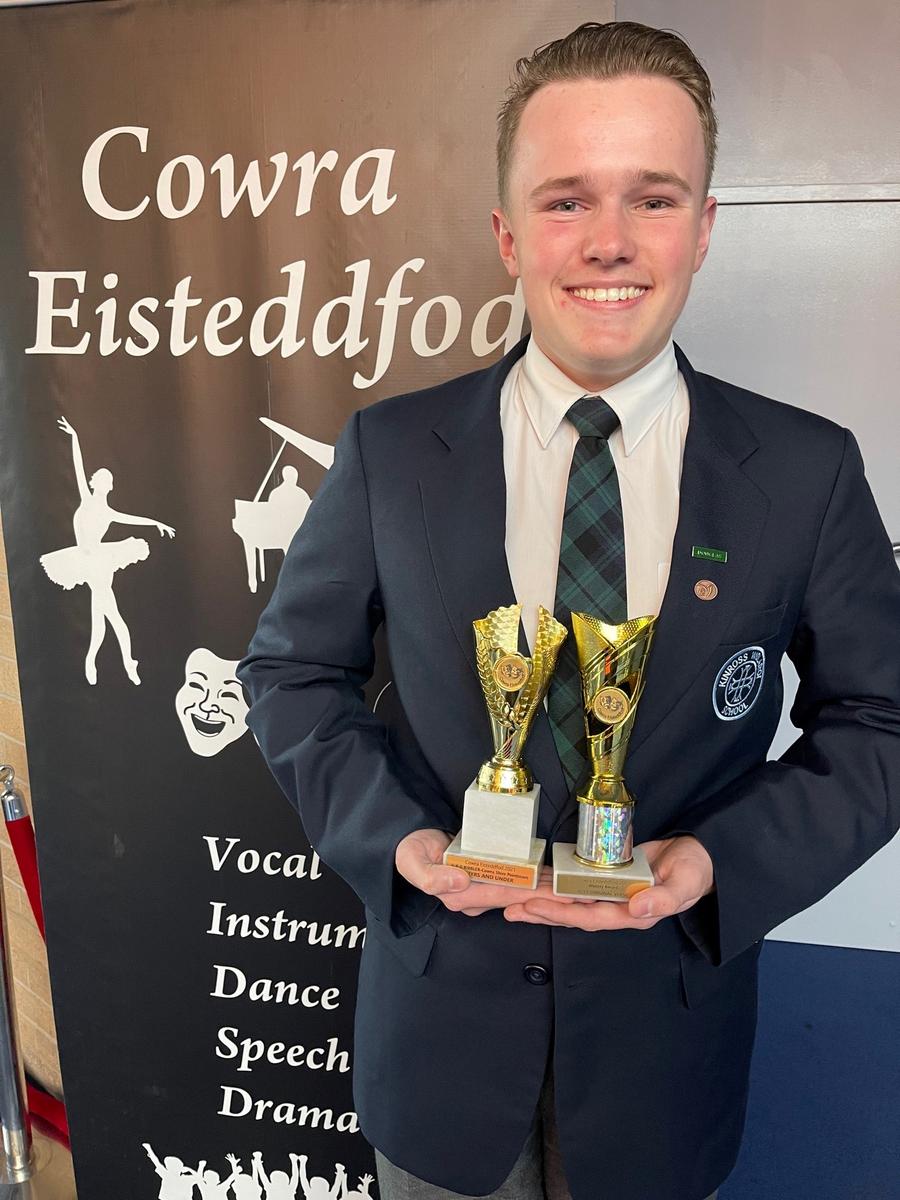

With very best wishes,
Dr Andrew Parry
References
Stefanakis, M. and Stevens, S.S., (28 October) Summary of International Research into the Benefits of Music Education, Knowledge Base.
Deasy, R.J., ed. (2002), http://www.gpo.gov/fdsys/pkg/ERIC-ED466413 “Critical Links: Learning in the Arts and Student Academic and Social Development”. National Association for Music Education. McPherson, G.E., and Welsh, G (Eds) 2012, The Oxford Handbook of Music Education, Vol. 1 and 2, Oxford University Press.
McCarthy, K.F., Ondaatje, E.H., Zakaras, L. and Brooks, A. (2004) [http://www.rand.org/content/dam/rand/pubs/monographs/2005/RAND_MG218.pdf Gifts of the muse: Reframing the debate about the benefits of the arts. Santa Monica, CA
Of note is the work of Levitin, D. J. (2012) ‘What Does it Mean to be Musical?’, Neuron, 73, February 23, 663–637.Damasio, 2012.Evans, A. C., Forgeard, M., Hyde, K. L., Lerch, J., Norton, A., Schlaug, G. and Winner, E. (2009) ‘Effects of Musical Training on Structural Brain Development: A Longitudinal Study,’ in The Neurosciences and Music III: Disorders and Plasticity: Annual. New York Academy of Sciences. 1169: 182–186.Hodges, D. (1996) ‘Human Musicality,’ in Hodges, D. (Ed.), Handbook of Music Psychology. San Antonio: Institute for Music ResearchHodges, D. and Gruhn, W. (2012) ‘Implications of Neurosciences and Brain Research for Music Teaching and Learning,’ in McPherson, G. and Welch, G. (Eds.) (2012) The Oxford Handbook of Music Education Volume 1. New York, NY: Oxford University Press.Juslin and Sloboda, 2001.Merrett, D. and Wilson, S. (2012) ‘Musicianship and the Brain,’ in Brown, A. (Ed.) Sound Musicianship: Understanding the Crafts of Music. Newcastle Upon Tyne: Cambridge Scholars Publishing.Peretz, I. and Zatorre, R. J. (Eds.) (2003), The Cognitive Neuroscience of Music. New York: Oxford University Press.
McGarity, B.M. (1986) Relationships among Cognitive Processing Styles, Musical Ability and Language Ability. MEd thesis, University of New England, New South Wales
Stevenson, L.M., and Deasy, R. J. (2005). Third Space: When Learning Matters. Washington, D.C: Arts Education Partnership.
Hetland, L., and Winner, E. (2004) ‘Cognitive Transfer from Arts Education to Non- arts outcomes: Handbook on Research and Policy in Art Education.
McGarity, B.M. (1986). Ibid.
Bahr, N. (1996). Relationships between Musicianship and Mathematical Skill. MEd thesis, University of Queensland, Queensland.
Burnaford, G, Brown, S., Doherty, J., and McLaughlin, H. J. (2007), Arts Integration: Frameworks, Research & Practice: A Literature Review. Arts Education Partnership
See Australian Curriculum: The Arts (ACARA 2013); Seidel, S., Tishman, S., Winner, E., Hetland, L., and Palmer, P., 2009, The Qualities of Quality: Understanding Excellence in Arts Education, Project Zero, Harvard Graduate School of Education.